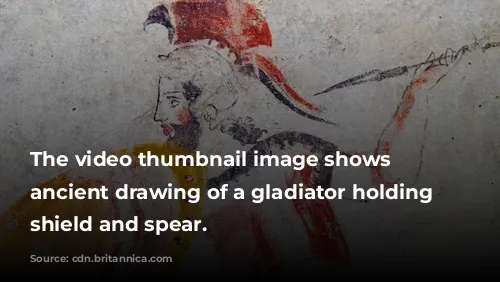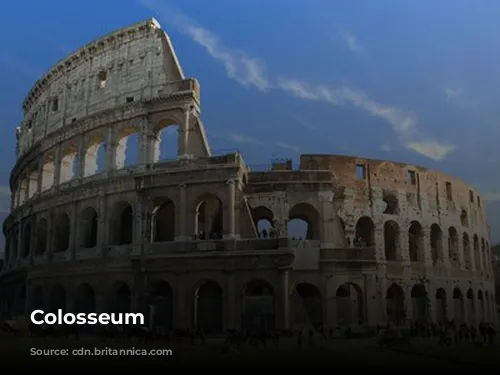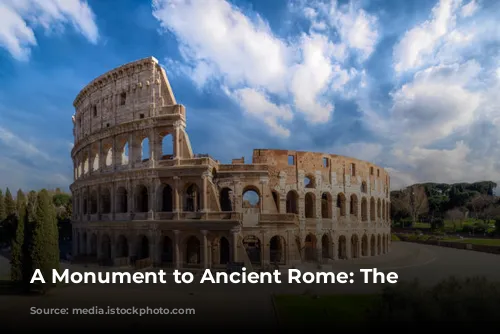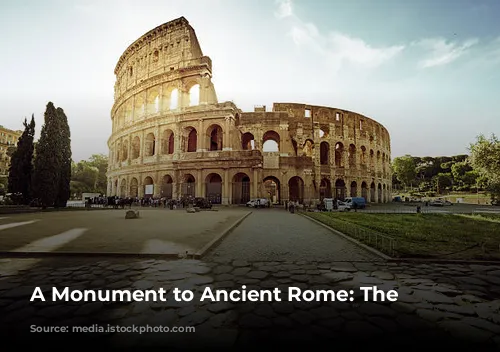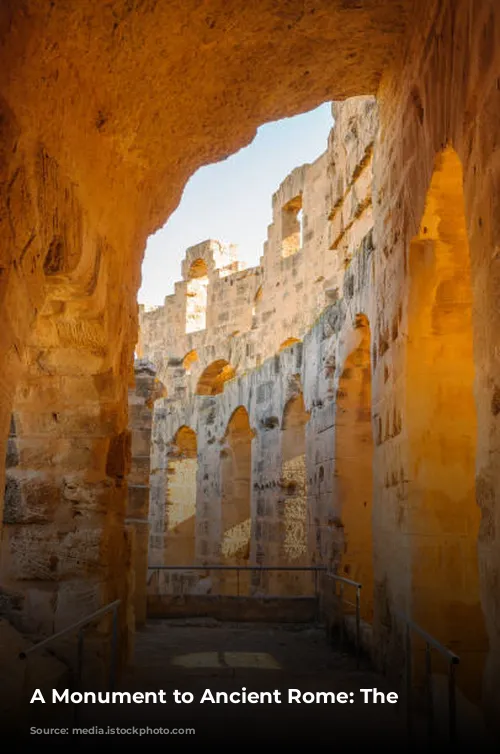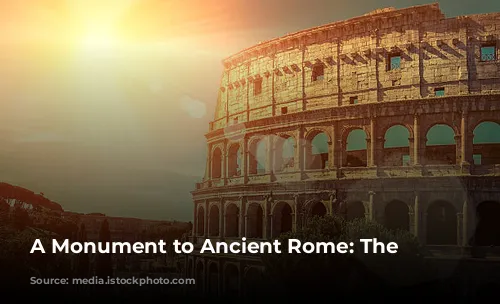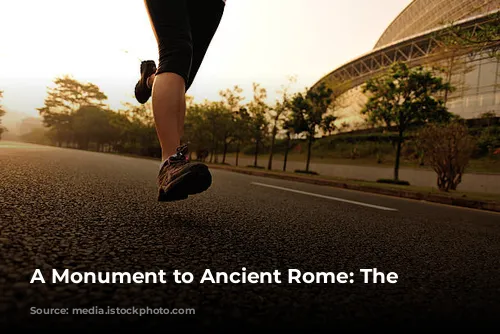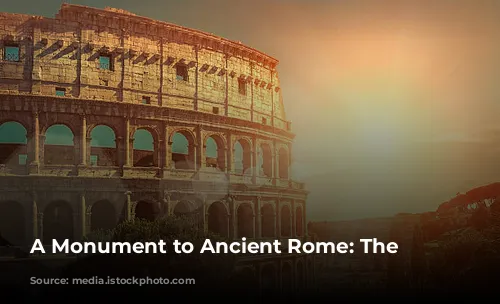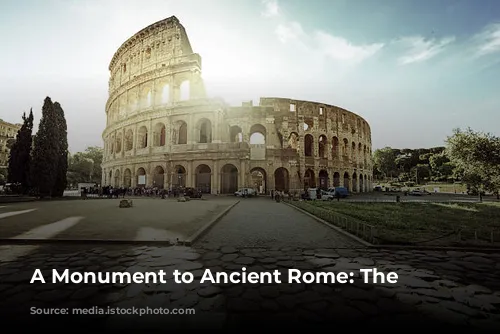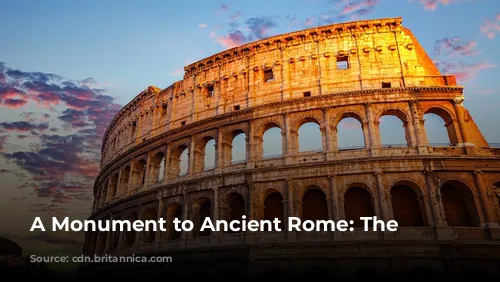The Colosseum, a towering testament to the architectural and engineering brilliance of the Roman Empire, stands today as a beacon of the past. It not only captivates visitors with its grandeur but also serves as a major revenue generator for the Italian government. In 2018 alone, the Colosseum, along with the Roman Forum and Palatine Hill, attracted hordes of tourists, generating over $63.3 million (€53.8 million) in revenue, making it the most lucrative tourist attraction in Italy.
A History of Neglect and Revival
The Colosseum’s journey has been one of both glory and hardship. After the fall of the Western Roman Empire, the majestic structure fell into disrepair. For centuries, the Colosseum became a forgotten relic of a bygone era. The Frangipane and Annibaldi families, powerful Italian clans of the 12th century, repurposed the arena as their stronghold. Later, in the 15th century, Pope Alexander VI allowed the Colosseum to be plundered for its materials, turning it into a quarry.
The Colosseum’s story is one of perseverance, however. After over a thousand years of neglect, a glimmer of hope emerged in the 1990s, when state-funded restoration efforts began to breathe life back into the ancient wonder.
A Legacy of Entertainment and Power
The Colosseum’s origins lie in a time of imperial ambition and a thirst for spectacle. Built during the tumultuous year of the four emperors, in 69 CE, it was part of a grand plan to revitalize Rome. Emperor Vespasian, seeking to restore order and grandeur to the city, envisioned the Colosseum as a stage for thrilling entertainment. Gladiator fights, blood-pumping animal hunts, and even mock naval battles were held within its walls, captivating the Roman populace.
The Colosseum’s construction began under Vespasian between 70 and 72 CE. The finished structure was dedicated in 80 CE by Titus, Vespasian’s son and successor. Later, Domitian, Titus’ successor, added the Colosseum’s fourth story. The arena was financed with the spoils of war – the plunder from Titus’ conquest of Jerusalem in 70 CE. It was built by enslaved Jews from Judea, a stark reminder of the complex social dynamics of the Roman Empire.
A Colossal Structure of Stone and Concrete
The Colosseum, also known as the Flavian Amphitheater, is an elliptical marvel of engineering. Constructed of stone, concrete, and tuff, it stands four stories high, a breathtaking sight for all who behold it. The massive structure spans 620 by 513 feet (189 by 156 meters), capable of accommodating a staggering 50,000 spectators.
The Colosseum’s design reflects Roman ingenuity. Unlike previous amphitheaters, which often relied on hillsides for support, the Colosseum stands as a freestanding structure of stone and concrete, utilizing a complex system of barrel and groin vaults. Three of its stories are adorned with arcades framed by engaged columns in the Doric, Ionic, and Corinthian orders, a testament to Roman architectural mastery. Travertine, volcanic tufa, and concrete were used in its construction, creating a sturdy and enduring structure.
A Stage for Gladiatorial Combat and More
The Colosseum was the heart of Roman spectacle. Its massive seating capacity allowed tens of thousands of spectators to witness gladiatorial combats, contests between men and animals, and even grand mock naval battles. A retractable awning, known as the velarium, provided shade to the spectators, and hundreds of Roman sailors were needed to maneuver its complex rigging.
While the Colosseum’s reputation as a stage for gladiatorial combat is undeniable, the question of whether early Christians were martyred there remains uncertain. Despite the lack of concrete evidence, the Colosseum remains a powerful symbol of the Roman Empire’s might and its complex history.
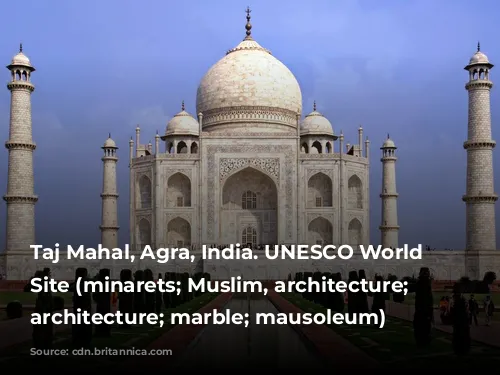
From Glory to Neglect, and Back Again
The Colosseum’s fate in the centuries following the fall of the Roman Empire was one of decline and decay. It was used as a church, then as a fortress by two influential Roman families. The Colosseum was battered by lightning, earthquakes, and vandalism, losing much of its original splendor. Marble seats and decorative materials were stripped away as the structure was treated as a quarry.
But the Colosseum’s story is one of resilience. In the 19th century, restoration efforts began, spearheaded by Pope Pius VIII, and in the 1990s, a major restoration project was undertaken. Today, the Colosseum stands as one of Rome’s most iconic tourist attractions, welcoming close to seven million visitors annually.
The Colosseum, a symbol of Roman power and ingenuity, continues to inspire awe and wonder in visitors from all over the world. Its story, spanning millennia, is a testament to the resilience of human creativity and the enduring power of history.
